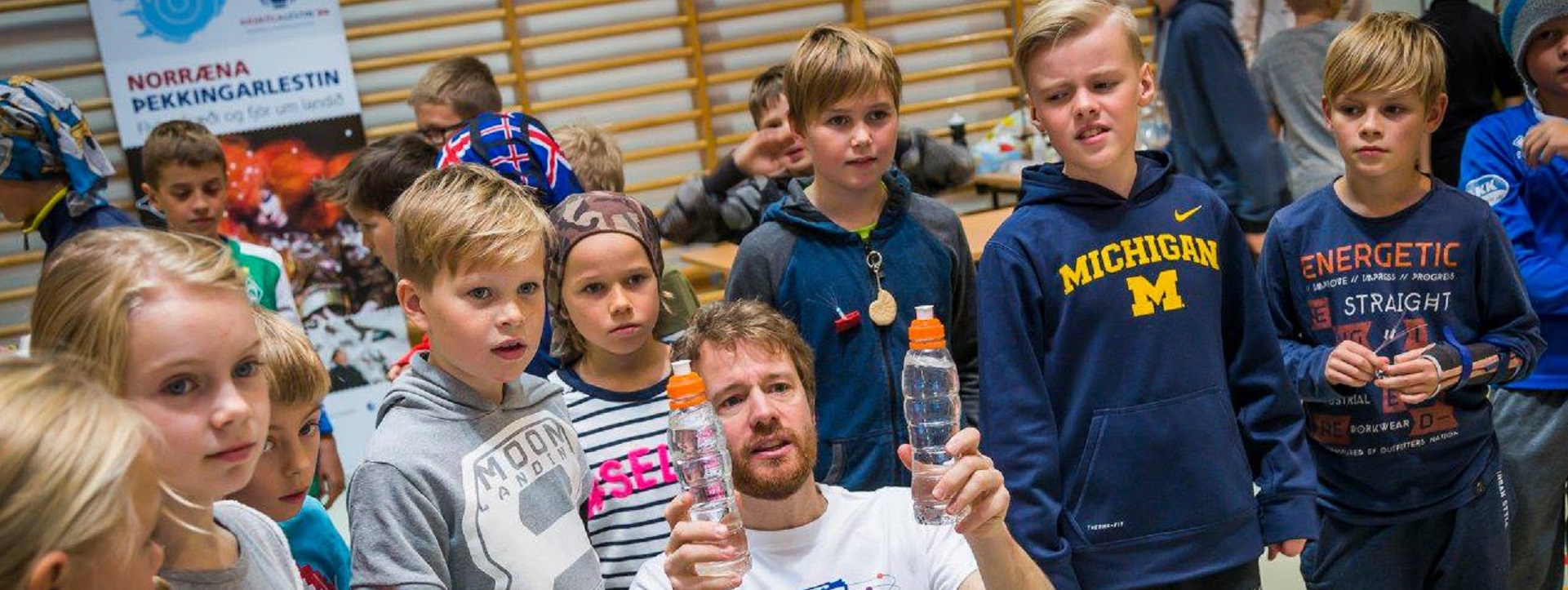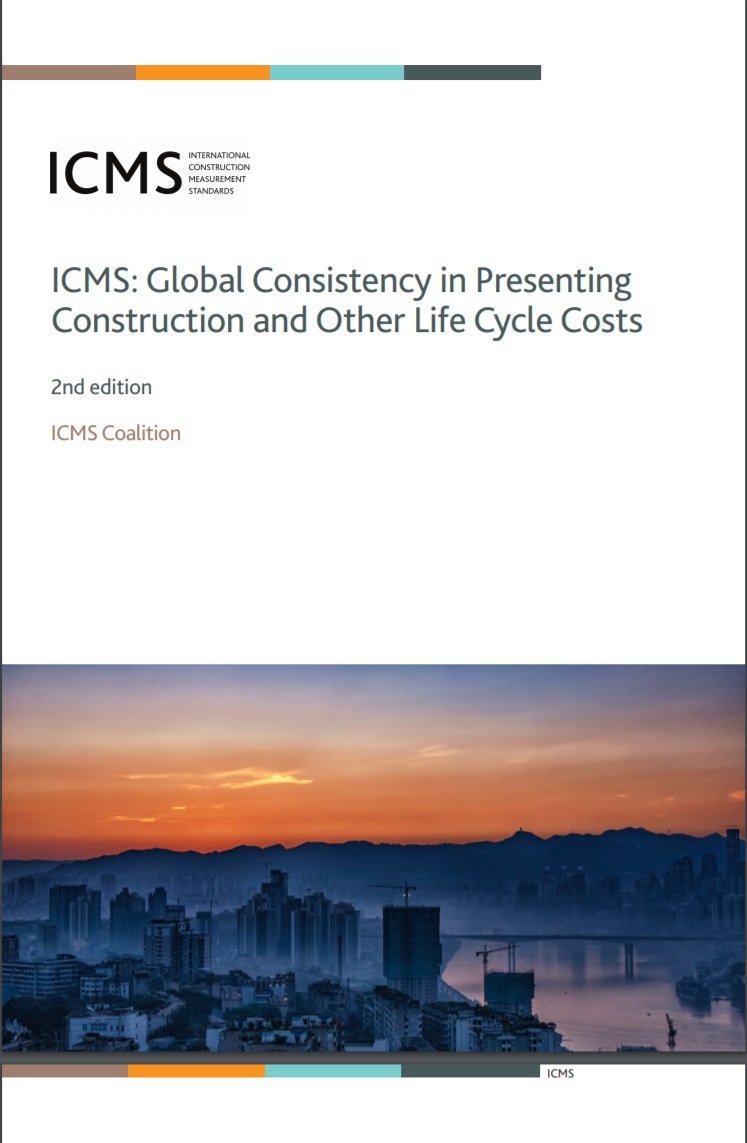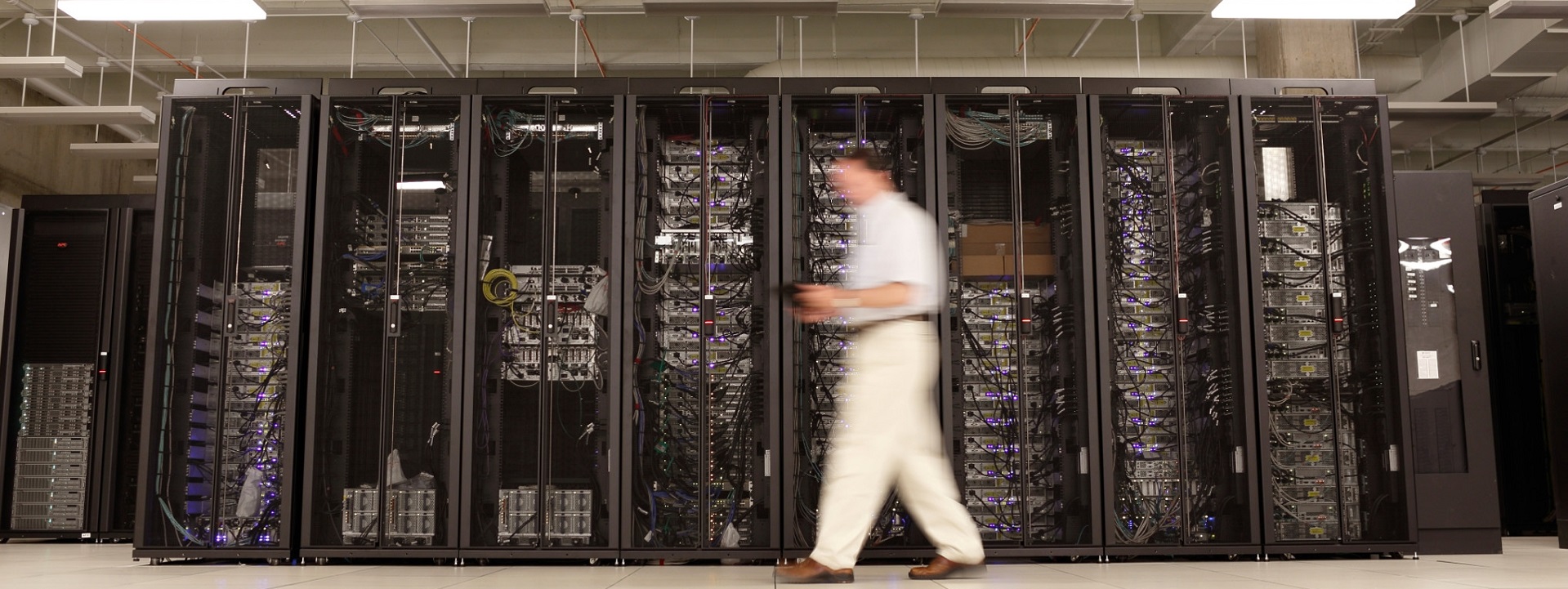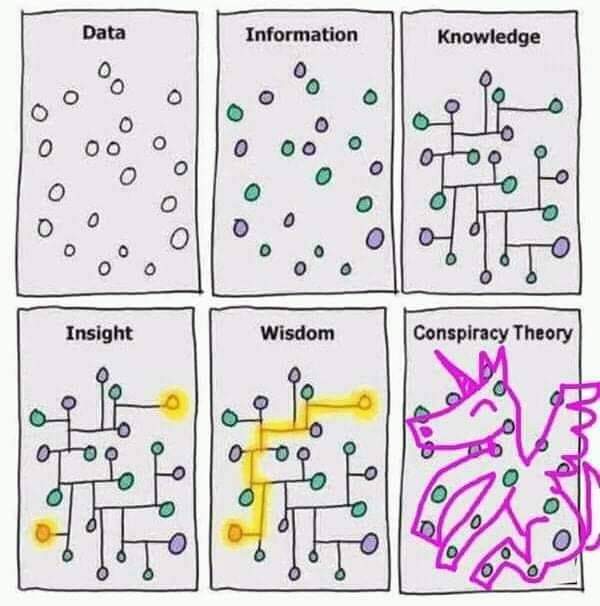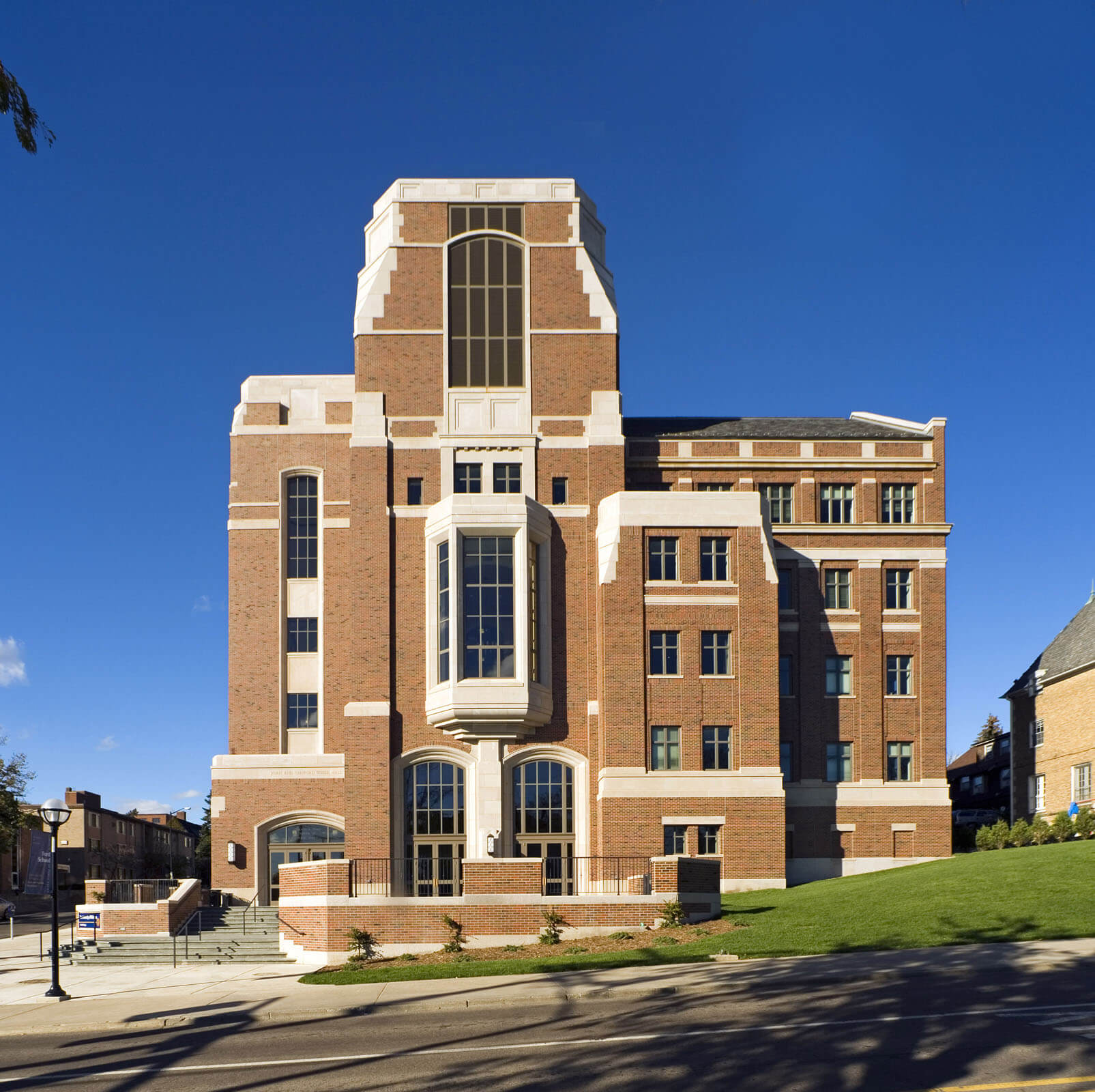The Icelandic Standards Body has proposed a new ISO standard: Children’s rights management (Page 45). Public comment will be received until December 10th.
Icelandic Standards Children’s Rights Management Proposal
(Our response to ANSI at the bottom of this page)
December 12, 2025
Dear Madeline, Sara and Rachel:
Hope all is well.
Thank you for the opportunity to comment on this proposal. This statement is our formal recommendation that ANSI find a way for the USA to participate. If you need this recommendation on our letterhead please let me know. I am happy to discuss over the phone at your convenience, also.
The recommendations listed below are informed by University of MIchigan and Standards Michigan engagement with ANSI and ISO for the better part of twenty years*. I, personally, have met with ISO staff several times in Geneva over the past 20 years and have been graciously received. I admire their processes and integrity of purpose.
Now, after having read the Business Plan, just a few bullet points:
-
The boundaries between children’s rights and education will quickly become fuzzy. The length of the list of incumbent references in the Business Plan reveals a requirement for cross-cultural sensitivities.
-
A US TAG will need substantial funding — usually a high bar for non-profits but less so for for-profit manufacturers, insurance companies, inspection and compliance. The mortality rate of ANSI TAGs, from our point of view, seems high.
-
Viability of the project – using successful ISO work on Quality Control, for example – will have to track in regulations that fund compliance revenue. It will take decades, at best half decades, for that to happen.
Looks like a lot of meetings. We applaud Icelandic leadership.
Hope this helps // Mike
xc: Christine Fischer
* List of ISO projects The University of Michigan and Standards Michigan has been involved with since about 2010.
ISO/IEC JTC 4 Smart and sustainable cities and communities • ISO/TC 48 Laboratory equipment • ISO/TC 205 Building environment design • ISO/TC 232 Education and learning services • ISO/TC 260 Human resource management • ISO/TC 267 Facility management • ISO/TC 292 Security and resilience • ISO/TC 301 Energy management and energy savings ISO/TC 304 Healthcare organization management • ISO/TC 336 Laboratory design
• INCITS ISO/IEC/JTC electrotechnology committees
Also: See our ABOUT



